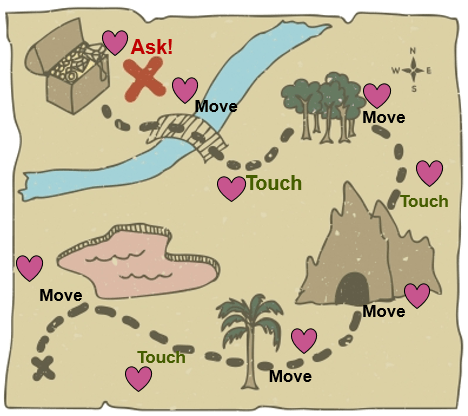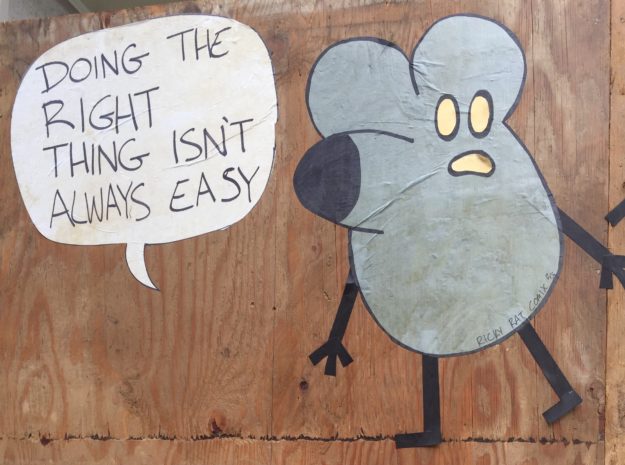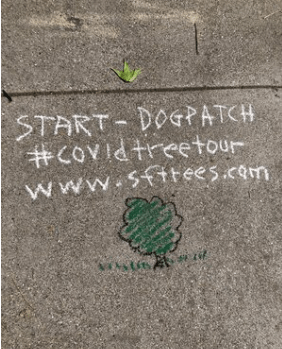Getting to Know You
 TRUTH BOMB:
TRUTH BOMB:
The key to successful fundraising is knowing your donors.
If you don’t know them, you can’t nurture them.
If you don’t nurture them, they won’t grow.
Simply staring at your bare patch of land waiting for flowers to sprout and blossom doesn’t work 99% of the time.
Why are you waiting to ‘get lucky’ the winds will just blow some seeds your way?
Likely, this won’t happen.
Even if it does happen, the seeds may not take root and grow.
Unless you do something to help them along.
In fundraising, the best way to nourish supporters is to know them better.
So you can give them what they explicitly need, not what you think they need.
You need to engage in “getting to know you” activities so you’re basing your work on knowledge, not just opinion.
Why Don’t Fundraisers Reach Out to Get to Know Donors Better?
There are all sorts of excuses.
Many come from a sense of ‘donors’ being primarily identified that way, rather than as the complex people they truly are. Staff are often afraid of, or at least uncomfortable with, ‘donors.’ Even many volunteers, who aren’t major philanthropists themselves, feel this way.
Have you ever heard (or felt):

 Have you started working on your annual appeal and year-end fundraising plan?
Have you started working on your annual appeal and year-end fundraising plan?

 Your organization won’t survive and thrive with only great fundraising technicians. You—and the entire social benefit sector—need organizational-development-grounded philanthropic facilitators. In fact, you need a team – maybe an entire village – filled with them!
Your organization won’t survive and thrive with only great fundraising technicians. You—and the entire social benefit sector—need organizational-development-grounded philanthropic facilitators. In fact, you need a team – maybe an entire village – filled with them! All you’ve got to do is ask!
All you’ve got to do is ask!
 Legacy gifts don’t fall from the sky.
Legacy gifts don’t fall from the sky.
 What do you most need to sustain your nonprofit through thick and thin?
What do you most need to sustain your nonprofit through thick and thin? No one can do it alone, sitting in their own little corner.
No one can do it alone, sitting in their own little corner.





 Everyone is saying it.
Everyone is saying it.
 I often say “If you want gifts, you must give them.”
I often say “If you want gifts, you must give them.”


 These days you’re likely communicating with constituents digitally more than ever before.
These days you’re likely communicating with constituents digitally more than ever before.




 Fighting the good fight for your nonprofit’s cause is what you do best.
Fighting the good fight for your nonprofit’s cause is what you do best.





















